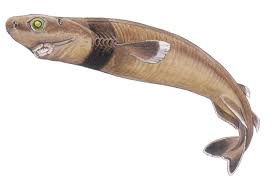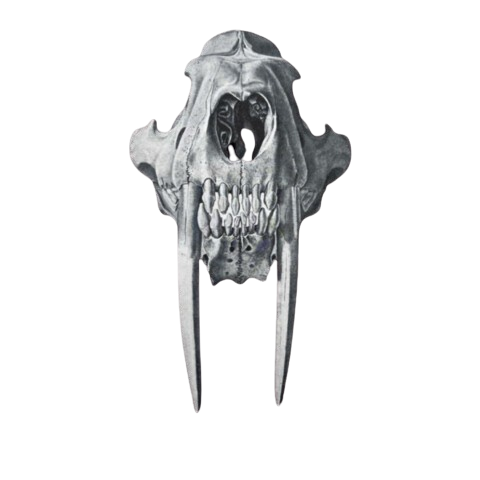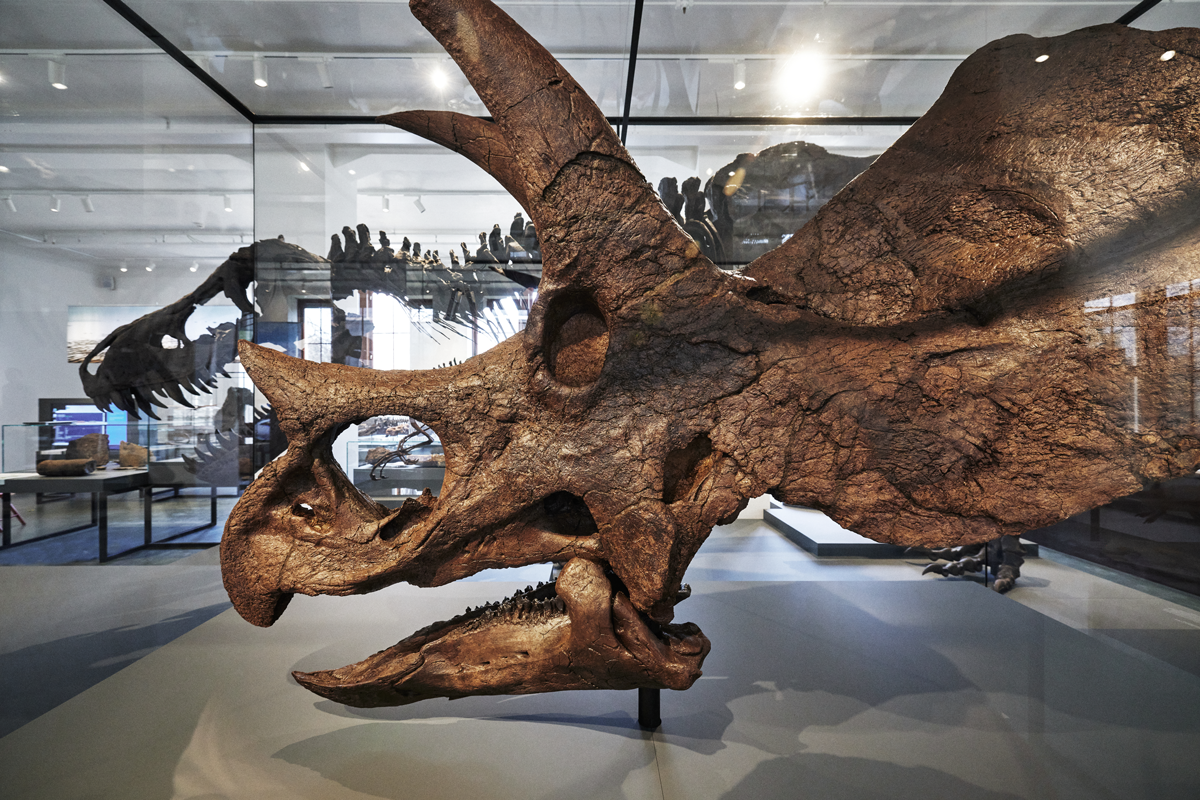
The Cookiecutter Shark: The Small Shark with a Big Bite
The Bizarre Cookiecutter Shark: Nature’s Underwater Hole Punch
When you think of sharks, images of massive predators like the Great White or the Tiger Shark probably come to mind. But not all sharks rely on sheer size or power to survive. Enter the cookiecutter shark—a small but fascinating species with a unique feeding strategy that sets it apart from every other shark in the ocean. Known for its ability to gouge neat, circular chunks of flesh from its prey, the cookiecutter shark has earned a reputation as one of the ocean’s strangest predators.

What Makes the Cookiecutter Shark Different?
The cookiecutter shark (Isistius brasiliensis) measures only about 16–22 inches long, making it smaller than most household cats. Despite its tiny size, this deep-sea shark has a bold and unusual way of feeding. Unlike other sharks that bite and tear their food apart, the cookiecutter shark removes perfectly round plugs of flesh from much larger animals, leaving behind scars that look like someone used a cookie cutter—hence its name.
This shark uses a suction and twisting motion to achieve this strange feeding behavior. First, it attaches itself to its prey using powerful lips and a vacuum-like suction. Then, with a quick twist of its razor-sharp, serrated lower teeth, it carves out a neat plug of meat before darting away.

The Cookiecutter Shark’s “Dog Collar”
One of the most distinctive features of the cookiecutter shark is its dark brown band of skin around its neck, often called a “dog collar” by scientists and divers. This marking contrasts sharply with its otherwise lighter, glowing underside and plays an important role in its survival.
The “dog collar” helps break up the shark’s silhouette, making it harder for predators and prey to recognize it from below. Combined with its bioluminescence, this band acts like a form of deep-sea camouflage, disguising the shark’s true shape and allowing it to sneak closer to unsuspecting animals.

A Master of Stealth
Cookiecutter sharks live in deep ocean waters, typically between 3,000 to 12,000 feet below the surface during the day. At night, they rise closer to the surface to feed. One of their most fascinating adaptations is bioluminescence—their undersides glow green, helping them blend into the faint light filtering from above. This glow acts as camouflage, tricking larger predators and unsuspecting prey into thinking they are just another harmless fish.

Who’s on the Cookiecutter Shark’s Menu?
You might think such a small shark would only go after equally small prey, but the cookiecutter shark is surprisingly fearless. It targets large marine animals like:
-
Whales
-
Dolphins
-
Seals
-
Tuna and other large fish
-
Even great white sharks
There are even reports of cookiecutter shark bites on submarines, undersea cables, and human-made equipment! The marks they leave behind are unmistakable—perfectly round, crater-like wounds that heal slowly.


Cookiecutter Sharks in the Fossil Record
While cookiecutter sharks are still alive today, their lineage stretches back millions of years, and their fossilized teeth have been found in rocks dating back to the Miocene Epoch (around 23–5 million years ago). Their teeth are easily recognizable because of their saw-like, triangular shape and small size, often measuring just a few millimeters across.
Unlike many other shark species that leave behind large, dramatic teeth, cookiecutter teeth are rare and highly collectible due to their unusual design and small fossil footprint. These fossils give scientists insight into the evolutionary history of this unusual shark, revealing that its unique “cookie-cutter” feeding style has been around for a long time.
Why Do Scientists Find Them Fascinating?
-
Specialized teeth: The cookiecutter shark’s lower teeth form a single saw-like row that gets replaced all at once when worn out. Imagine losing all your bottom teeth in one go—this shark does it regularly!
-
Unique feeding strategy: Instead of killing its prey, the shark’s “bite-and-run” method allows it to feed without having to fight animals much larger than itself.
-
Impact on marine animals: Many dolphins, tuna, and even great whites bear circular scars from cookiecutter shark bites, serving as “calling cards” of their encounters.
A Shark Unlike Any Other!
The cookiecutter shark proves that in the wild, size doesn’t always matter. With its stealth, glowing belly, and strange but effective feeding habits, it stands out as one of the most unique sharks in the ocean. While it may not be as famous as the great white or hammerhead, this little shark has carved (literally!) its own place in the ocean’s food chain.
We’re excited to share that we currently have one authentic cookiecutter shark tooth available for sale on our website—a truly rare piece to add to any collection. Don’t miss out, as these fossils are hard to come by and usually sell fast!


